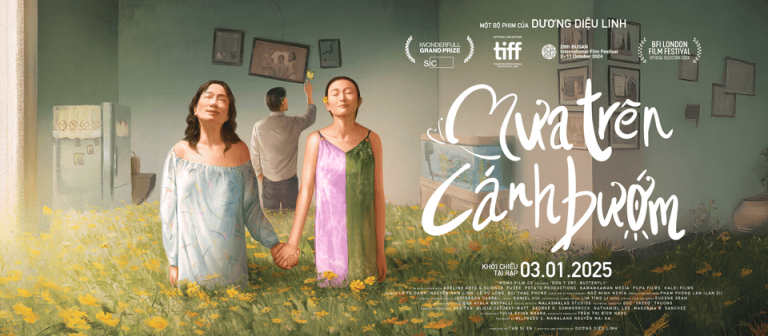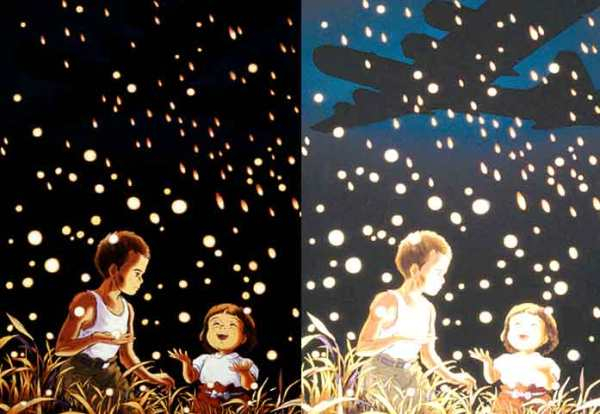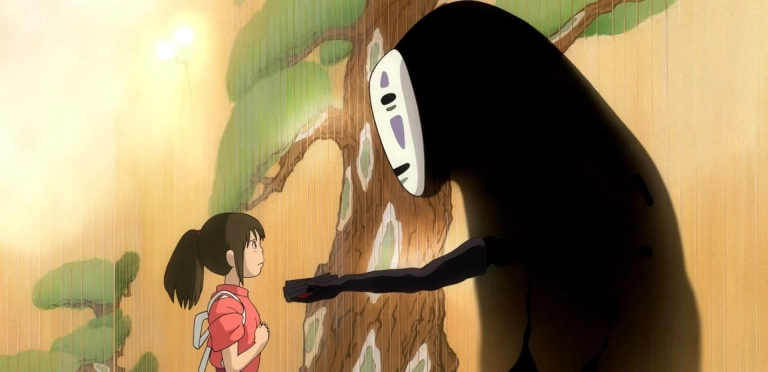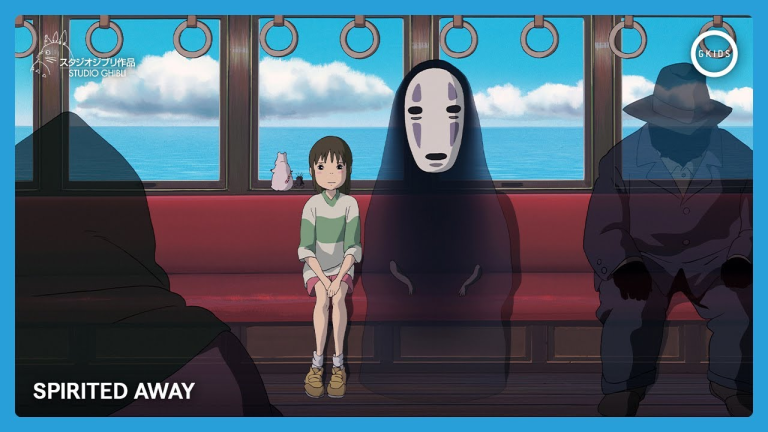In recent years, Vietnamese cinema has delivered many exceptional films that have gained international acclaim and accolades. Notable titles include Ròm (New Currents – Busan International Film Festival), Glorious Ashes (Tokyo Grand Prix nominee – Tokyo International Film Festival), Inside the Yellow Cocoon Shell (Golden Camera – Cannes), and The Cu Li Never Cries (Best First Feature – Berlinale). Now, director Duong Dieu Linh’s Don’t Cry, Butterfly continues this momentum, having received numerous nominations and awards globally, most notably two awards at the prestigious Venice Film Festival: Best Film (Week Award) and Breakthrough Film.
A Familiar Yet Inventive Take on the Family Drama
Centered on a theme that’s deeply familiar in Vietnamese cinema—family disintegration, spurred by infidelity—Don’t Cry, Butterfly takes a refreshingly creative approach in storytelling. The film feels like a blend of Wong Kar-wai’s melancholic tone (Chungking Express, Fallen Angels, Happy Together) and Hollywood-styled supernatural horror, while still steeped in Vietnamese cultural identity. Most importantly, these elements are smoothly interwoven, never feeling forced, all while reflecting the psychological isolation of family members under the same roof but emotionally worlds apart.
Note: Spoilers ahead
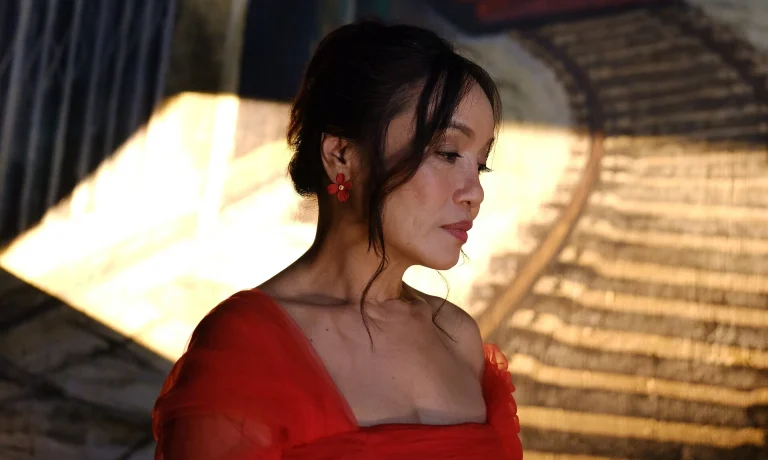
Living Under One Roof, But Worlds Apart
The film portrays a tight-knit setting: a family of three—father, mother, and daughter. From the very beginning, their interactions are minimal, awkward, and emotionally distant. They coexist, but there’s no warmth.
The father, Mr. Thanh, doesn’t utter a single word throughout the entire film, except for one line at the very end. He spends his days wandering, eating, sleeping, and tending to his fish, entirely disengaged from his family. His cold, passive demeanor exemplifies the burnout and apathy of a man who’s lost himself to a midlife crisis.
On the other hand, Mrs. Tam, the mother, is constantly working and tending to the household—cooking, cleaning her daughter Ha’s room, and noticing the first signs of the leaking roof. She represents the traditional, overburdened Vietnamese wife. Yet her need for control over the home might be the very force that’s driving her husband away and leaving her daughter emotionally drained.
Ha, their daughter, isolates herself—retreating into her room or seeking solace at her best friend’s house next door. She embodies the quiet rebellion and loneliness of a young adult caught in the emotional void of a fractured family. Rather than overt dramatics, her discontent smolders silently beneath the surface.
Though they live together, the family’s members might as well be in separate worlds—sharing a roof, but disconnected in every possible way.
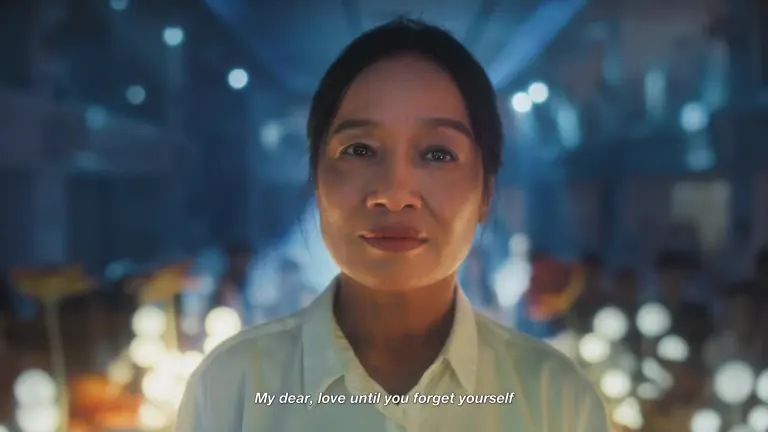
“A Leaky Roof” – Surrealism with Symbolic Power
What sets Don’t Cry, Butterfly apart is its imaginative use of surreal imagery. The leaky roof isn’t just a literal problem—it’s a haunting metaphor. Black mold-like stains spread across the ceiling, dripping water incessantly. The idiom “the roof leaks from the top” becomes literal: when the man of the house cheats and neglects the family, the entire household begins to crumble.
Interestingly, only the women—Tam, Ha, and others—can see the leak. The men, including Thanh, remain oblivious. It’s a metaphorical jab at how those responsible for damage often remain blind to the consequences. However, the film may come off as overly gendered—portraying men as blind perpetrators and women as aware victims. It would’ve been more balanced if a male character like Trong (Ha’s friend) had also seen the leak.
As the film progresses, the surreal leaks escalate. Near the climax, the leak morphs into a black liquid (reminiscent of Venom) that engulfs Tam—a manifestation of emotional collapse. And Thanh? Unmoved, as if she no longer exists to him. Just when you think the climax has peaked, the entire house floods, submerging Ha in murky water surrounded by chaos and darkness.
This sequence is the film’s surreal crescendo—turning the home, a symbol of safety, into a site of irreversible destruction. The leak grows from harmless drips into psychological torment, then into an emotional monster, and finally a full-scale flood that drowns the remnants of a broken home. The metaphor is crystal clear, consistent, and incredibly effective.
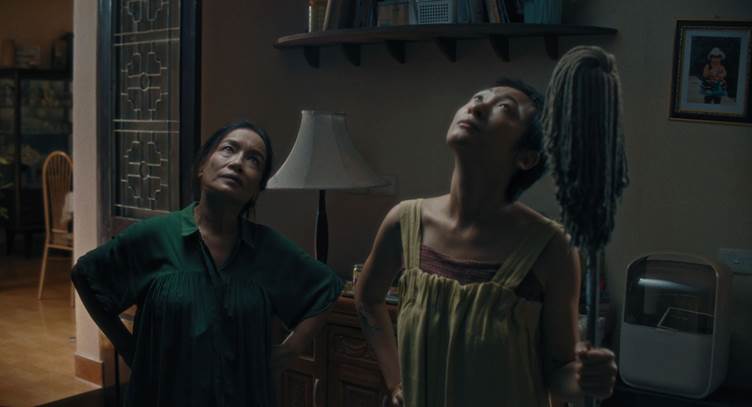
Life Rarely Goes the Way We Want
Desperate to win back her husband, Tam turns to a spiritual medium and tries to make herself younger and more attractive. This midlife crisis reflects the fear of fading beauty and a failed marriage. She meets an old crush at a reunion, thinking she might find love again—but he only reaches out to get advice for his wedding anniversary. Yet another cruel twist of fate.
Each character is haunted by unmet expectations. Thanh’s unresolved life pushes him into silence. Tam fails to rekindle love with either her husband or her crush. Trong is scarred by abandonment. And Ha, who believes life is meaningless, almost escapes

